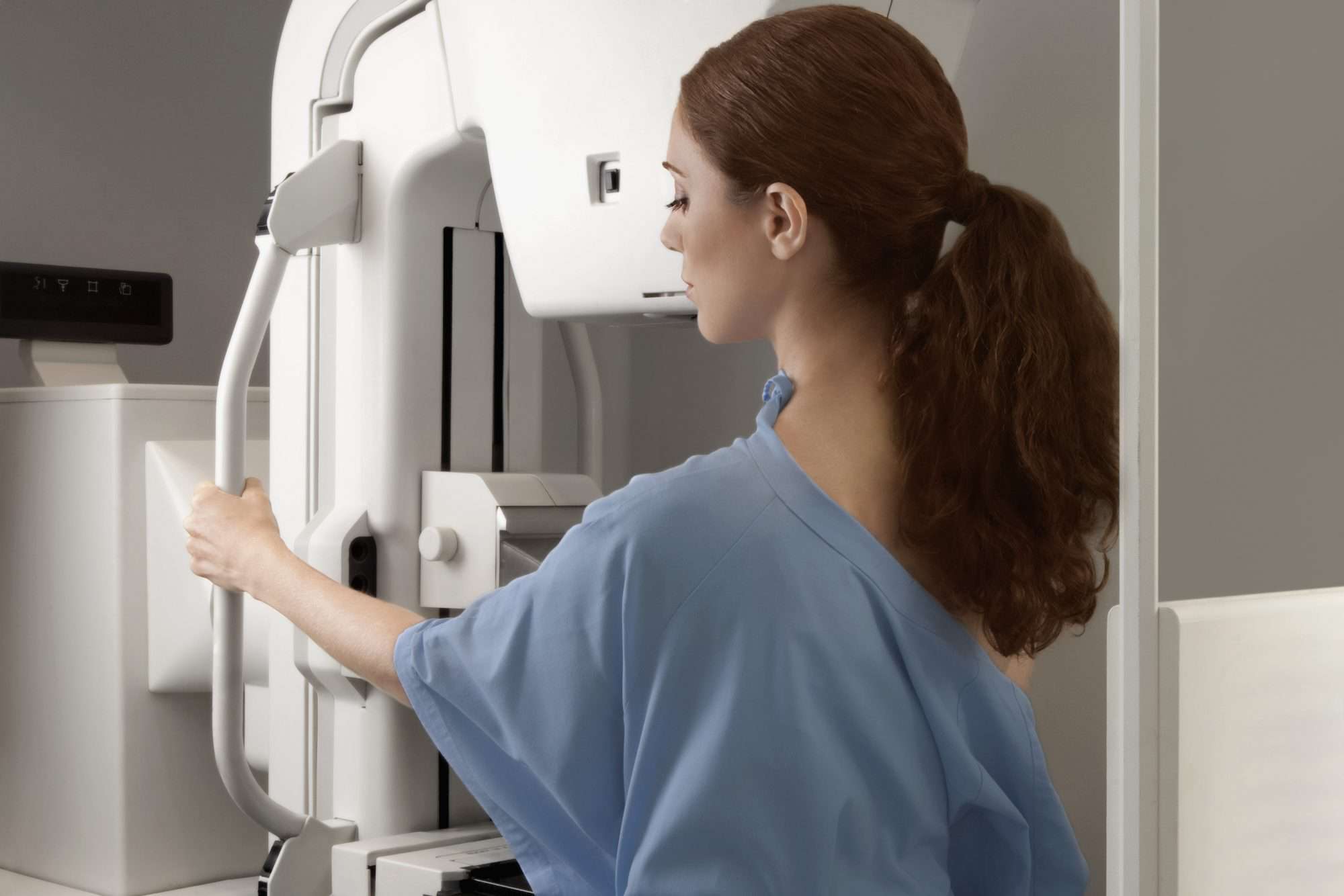Breast cancer detection refers to the process of identifying the presence of breast cancer in an individual’s breast tissue, this involves using different techniques to identify the presence of breast cancer. Early detection is very important because it leads to more successful treatment outcomes and a higher chance of survival. There are various methods of breast cancer detection, they include;
1. Self Examination: This involves checking the breast manually by individuals on their own breasts, this is the simplest form of detection. This is done to identify any changes or abnormalities in the breast. This can be done by standing in front of a mirror with your arms at your sides, and visually checking your breast for changes in size, shape, or contour. While lying down, use your fingertips to massage your breast in a systematic manner, feeling for lumps or any unusual changes. It is important to do this frequently, especially after menstruation, if you notice any changes, visit your doctor or health care provider immediately.
2. Mammogram: This is done by a radiologist most times, it involves using X-ray imaging to detect breast abnormalities that were not felt during a physical examination. During a mammogram, the breast is placed between two plates, and an X-ray is taken to create images of the breast tissue. After this is done, the radiologist then analyzes these images for signs of tumors or other abnormalities. It is advised to do mammograms every one to two years especially around age 40 or 50 years old.
3. Breast Ultra Sound: This is usually done after a mammogram, it is the use of high-frequency waves to create detailed images of breast cancer. This is done to further evaluate areas of concern identified through mammograms, it is also to show the differences between potential tumors (solid masses) and fluid-filled cysts.
4. Breast Magnetic Resonance Imaging (MRI): MRI uses magnetic fields and radio waves to produce detailed images of breast tissue. It is used in specific cases, such as for high-risk individuals, and it is also done to determine medical recommendations. This test is important for women who have implants or scar issue that may not produce an accurate result from a mammogram. It is also to evaluate the size and location of the breast cancer lesions.
5. Biopsy: It involves the removal of a small tissue from the breast as a sample for laboratory analysis, to confirm the presence of cancer and determine its characteristics. It is done using fine needle aspiration, core needle biopsy, or surgical biopsy depending on the location and the abnormality. This is done when imaging or mammogram raises concerns about the possibility of breast cancer.
MUST READ: BREAST CANCER: AWARENESS – FOOD-AN-HEALTH (foodanhealth.com)
After detection, what follows next is ACCEPTANCE, this is not a pleasant stage at all, because many thoughts keep running through the patient’s head such as Why me? Some even blame themselves. Acceptance is a psychological and emotional process that has to do with coming to terms with your diagnosis, this is very important because it leads to making better and informed decisions about treatment and lifestyle adjustment. This acceptance can be done in various ways: by educating yourself, and learning as much as you can about breast cancer, treatment options, and side effects. Seek support, this is very important as you need people who can encourage and provide comfort to you. Allow yourself to express your emotions, whether it is through talking, engaging in activities you like or journaling. Lastly, be patient with yourself as you navigate through the process and journey of breast cancer. Remember, breast Cancer is not a death sentence.


